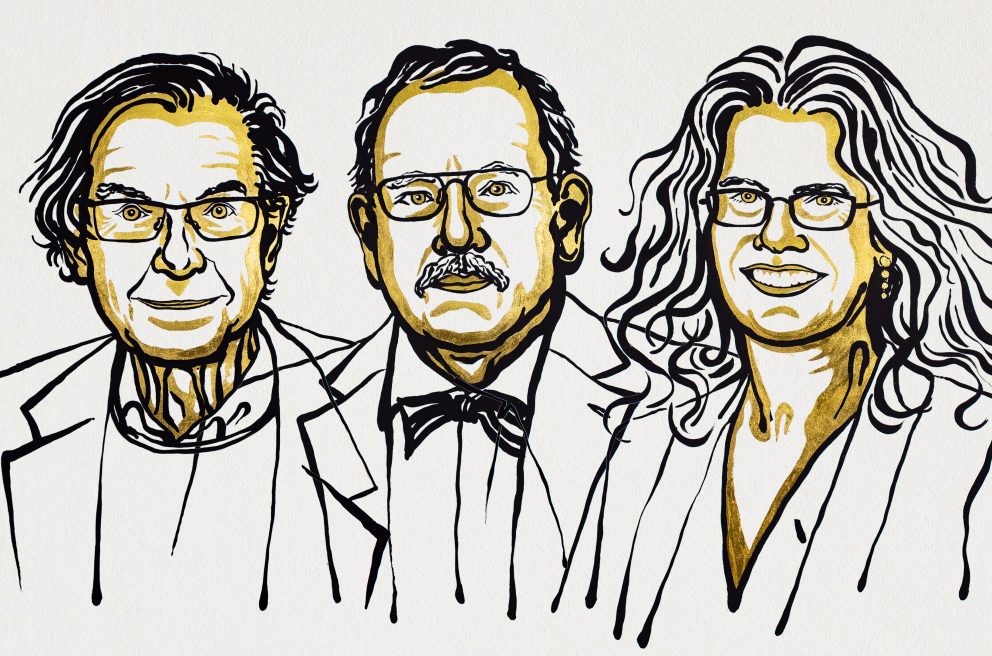07/10/2020 Opinion

Roger Cabré, physicist and professor at the Department of Electronic, Electrical and Automatic Engineering of the URV
The irresistible attraction of black holes
The Nobel Prize in Physics 2020 has been to Roger Penrose “for the discovery that black hole formation is a robust prediction of the general theory of relativity" and to Reinhard Genzel and Andrea Ghez "for the discovery of a supermassive compact object at the centre of our galaxy"

The Nobel Prize in Physics 2020 has been to Roger Penrose “for the discovery that black hole formation is a robust prediction of the general theory of relativity" and to Reinhard Genzel and Andrea Ghez "for the discovery of a supermassive compact object at the centre of our galaxy"
This year the Royal Swedish Academy of Sciences has decided to award the Nobel Prize for Physics to three researchers: Roger Penrose, Reinhard Genzel and Andrea Ghez, only the fourth woman to be awarded a Nobel Prize in this discipline since 1901, making it the lowest number of female laureates out of all the prizes. The prize recognises two different but complementary discoveries, once again keeping the focus on cosmology and astrophysics.
Penrose demonstrated that the formation of black holes is a prediction of the General Theory of Relativity that Albert Einstein described in 1915. Paradoxically however, Einstein would always reject anything that he believed to be absurd, as was the case with quantic uncertainty. Perhaps for that reason he never came to believe in black holes, theories of which had begun to emerge in the 18th century. Admitting the existence of places so strange where his theory and all of the laws of nature ceased to have any effect cannot have been easy, even for a mind as innovative as his. However, Penrose, emeritus professor at the University of Oxford, used mathematical models to demonstrate their existence and provide a whole range of information about them.
Fifty-five years have passed since this discovery which has now been awarded the Nobel Prize in Physics, but it enabled, among many other things, Stephen Hawking to find out more answers to these mysterious holes and to discover that a good part of the matter that enters them is subsequently expelled so that the hole ultimately empties itself.
Reinhard Genzel, director of the Max Planck Institute of Extra-Terrestrial Physics in Germany and Andrea Ghez, professor at the University of California, have received the other half of the Nobel Prize. For almost 30 years their research has focused on a region at the centre of the Milky Way named Sagittarius A*. They have used the most powerful telescopes in the world to see what is at the middle of the Milky Way, because as is well known, the galaxy is full of immense nebulae that cover everything. After years of observing stars orbiting something that they could not see, they concluded that it had to be a supermassive and invisible black hole that attracted nearby stars and swallowed them up. The total mass of this system (which is equivalent to around four million times the mass of our sun!) would fit into an area no greater than our solar system.
As the Swedish academy pointed out, the prize-winning authors “have revealed the secrets of the darkest corners of the universe. But this is not merely an old endeavour reaching its victorious ending, rather it is a new beginning where we get ever closer to the horizons of black holes”.
More news about: Nobel prizes, Opinion
